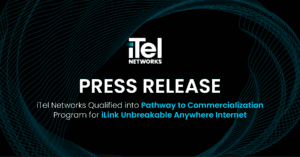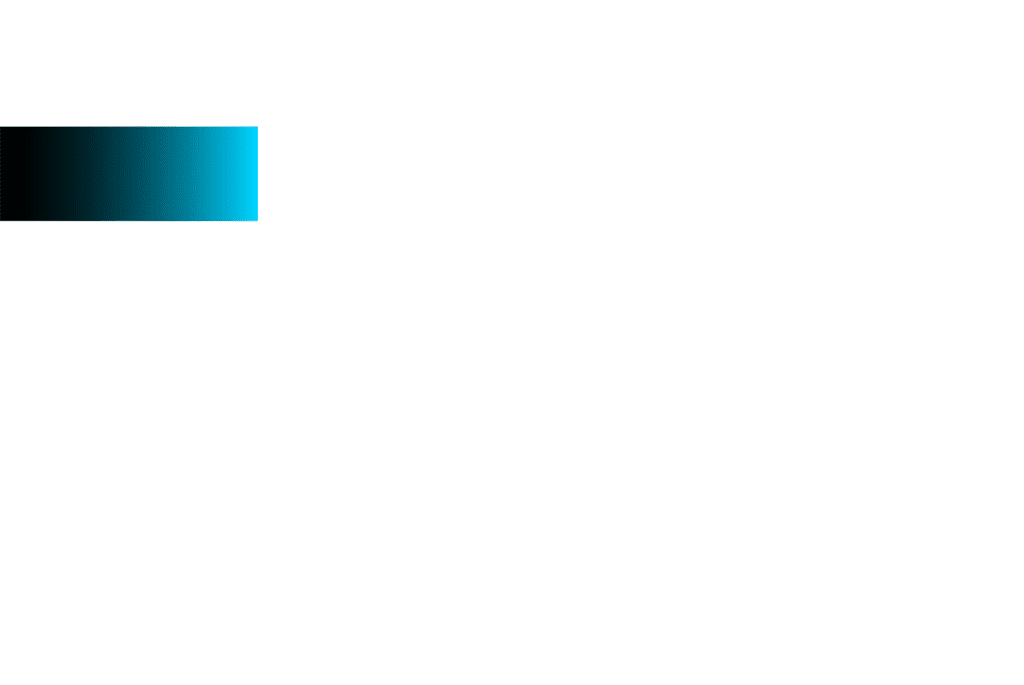What’s the difference between Dedicated Fibre and Shared Fibre?
A fibre upgrade promises faster speeds, security, and complete redundancy – but if you want to be confident that you’re getting the most out of your investment, understanding the different classes of connection is important.
The following infographic outlines the key differences between dedicated and shared fibre connections. Understanding what each is capable of will help you make sure your choice will support your business goals.
Dedicated Fibre
Dedicated
> Your business internet connection _x005F goes directly and only to your office _x005F location, without sharing with _x005F neighbouring businesses.
> Dedicated bandwidth ensures _x005F you receive guaranteed speeds.
Shared
> Your business internet connection is sent through a splitter and dispersed between neighbouring businesses.
> You’ll see a degraded connection during peak times as you and all your neighbours pull bandwidth from the same port.
Symmetrical
> Dedicated fibre is symmetrical, which means equally fast upload and download speeds.
> Symmetrical connections are crucial to businesses that backup data to offsite centres, utilize cloud services, and _x005F voice and video phone systems.
Asymmetrical
> Shared fibre is most often asymmetrical.
> Your upload speeds will be slower than your download and can attribute _x005F to a bogged down network.
Service Level Agreement
> A service level agreement guarantees you receive the service quality and speeds as promised by the provider.
No Service Level Agreement
> Since shared fibre is pooled amongst neighbours, these connections do not come with an SLA and downtime is _x005F dealt with on a “best effort” basis.
Static IP
> Businesses will often require static IPs if they want to host infrastructure such as file servers, mail servers, etc.
> Static IPs are more reliable and secure.
Dynamic IP
> Shared fibre does not always offer static IPs.
> Instead, they are dynamic and move and change without notice making them not _x005F as reliable or secure.
Hourly Mean Time To Repair
> Service is guaranteed to stay up and running and repairs are made within hours to minimize downtime.
No Mean Time To Repair
> Without a service level agreement, meantime to repair can take days _x005F instead of hours.
Quality of Service and Class of Service
> Dedicated fibre has the ability to prioritize mission-critical data _x005F through Quality and Class of Service.
> Ensure crystal clear voice _x005F and video connections.
No Quality of Service
and Class of Service
> Shared fibre does not have _x005F the capability to prioritize data.
> Voice and video traffic is _x005F subject to latency and jitter.
Private Connection
> Data is sent over a secure connection ensuring private transfer of information between multiple business offices, offsite backup locations and to _x005F various cloud applications.
Public Connection
> Data is sent over a less secure, _x005F public connection making it more susceptible to attackers and latency.
Scalable Bandwidth
up to 10 Gbps Speeds
> Dedicated fibre offers speeds from _x005F 100 Mbps to 10 Gbps, robust enough to handle all of your business’ network needs.
Less than 150 Mbps Speeds
> Shared fibre will often max out _x005F at 150Mbps, which is not always sufficient for organizations with _x005F heavy bandwidth demands.





